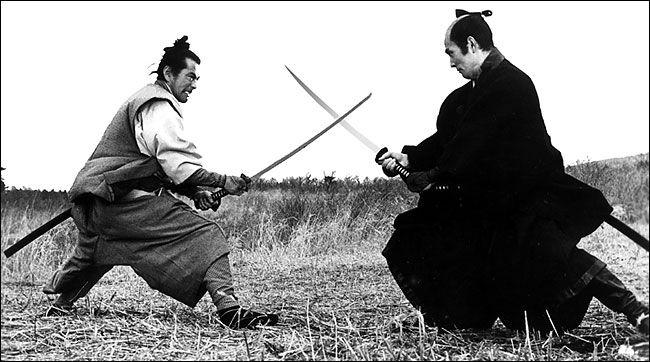The difference between Korean swords and Japanese swords


Few regions have had as much influence on the centuries-old craftsmanship of swords as Japan and Korea. Whether you practice swordsmanship in martial arts, or if you're a collector who appreciates quality blades, you'll see similar elements in both regions.
How Japan Influenced Korean Swordsmanship
Some people think that modern Korean swords are just "replicas" of Japanese swords, but this is not the case. China was in the northwest, Japan was in the southeast, and Korean culture was formed over time with the help of its neighbors.
The first swords that originated in Korea were the Hwandudaedo. Due to its rarity, this double-edged ring-headed sword was originally restricted to members of the royal family. It wasn't until the turn of the 3rd century that Hwandudaedo entered the middle class and the military. Some historians speculate that the Great Sword of Mando was influenced by Japanese straight swords such as Jian and Chinese single-edged swords.
Fast forward to the Joseon era (15th-19th centuries), and South Korea began to use a single-edged sword, just like its neighbors China and Japan. Of course, this shouldn't come as a surprise, given these countries' repeated military incursions into South Korea. For example, in 1627, China's Manchu Empire invaded Korea and defeated the Joseon Dynasty. Japan invaded the area in 1592 and 1597. These military invasions almost certainly led to a fusion of culture and craftsmanship, including sword-making.
Modern Korean Excalibur vs Japanese Katana
Today, Korean bayonets and Japanese katana swords share striking similarities in design, materials of construction (steel preferred), and workmanship. Furthermore, they are both valued in swordplay due to their excellent quality level.
In terms of differences, however, the blade of a Korean bayonet is generally thinner and wider than that of a samurai sword. For this reason, many practitioners say that the bite feels lighter than a katana sword. However, this does not apply to all Korean Jinums. Some are heavier than a katana sword with a thicker blade; it all depends on the swordsmith and how he or she makes it.
To recap, Korean and Japanese swords share many features, including the use of single-edged, curved blades, and similarly sized hilts. The only real difference is the subtle difference in how the blade is made, Korean jingums usually have thinner and wider blades.
Discover the many attractive options available for Katana swords and custom swords.
Want a unique sword? Feel free to contact us:
Phone: 086 13739276006
Email: [email protected]
Website: www.hanbonforge.com
Custom Sword Page: www.hanbonforge.com/CUSTOM-SWORDS/Custom-Your-Own-Swords

1 Comment(s)
Can you make me a razor sharp T10 differentially oil hardened with choji hamon, 20" long, xtra wide Korean style (Jingum?)cutting blade, with a simple iron tanto tsuba and a simple elegant (colored?) 'same' wrapped handle and saya? If so, how much?
Thank you.
Brad
Leave a Comment